Elegant Witchweed, Large Witchweed Striga elegans (Rooiblom)
Order: Laminales. Family: Orobanchaceae (previously Scrophulariaceae)
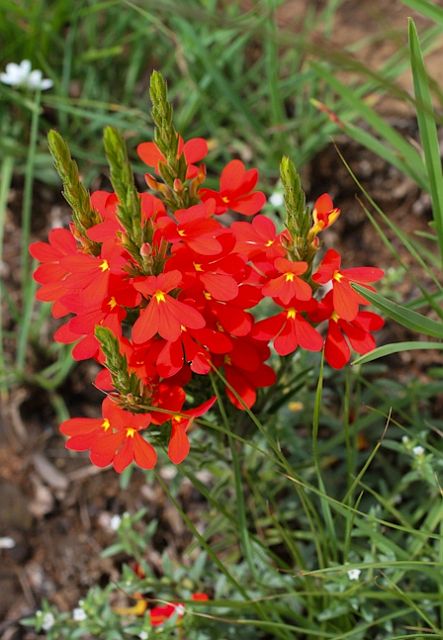
© Super Mongoose
Vaalkop Dam Nature Reserve, North West Province
Description
Witchweeds are characterized by bright-green stems and leaves and small, brightly colored and attractive flowers. They are obligate hemiparasites of roots and require a living host for germination and initial development, though they can then survive on their own.
Striga elegans is an unbranched, erect, annual herb, about 20 cm tall. It has much larger flowers than the similar
S. asiatica and a more dense inflorescence with a larger number of flowers open at the same time. The lower lip is more deeply 3-lobed.
It is a parasitic plant that grows on the roots of a large variety of grass species hosts. It attaches itself to the roots of a grass plant that functions as host.
The stem is thin, erect, green, sometimes branched to a limited extent.
The leaves are linear or lanceolate, opposite or nearly so, about 1 cm in length; erect, course and hairy.
The flowers are usually bright red, sometimes white or yellow. Terminal clusters of scarlet tubular flowers, about 1,5 cm in length, appear during summer to autumn; the flower tube is characteristically bent; the petals arranged with a somewhat smaller two or three-lobed upper section and a larger three lower lower section, the central lower lobe or lip being slightly longer; the calyx is prominently veined
Five-sided capsules; the seeds are fine, brown, dust-like.
Distribution
Angola, Botswana, Kenya, Tanzania, Malawi, Mozambique, Zambia, Zimbabwe and South Africa (Eastern Cape, Free State, Gauteng, KwaZulu-Natal, Limpopo, Mpumalanga, Northern Cape, North West).
Habitat
In montane grassland and woodland.
Amazing Facts
The common name of Witchweed was given to Striga elegans because the plant has a surprising, seemingly magical, way of establishing itself from seed.

It is a parasite which forms absorptive connections on the roots of certain grasses. Its seeds germinate in the presence of host root exudate, and develop haustoria which penetrate host root cells. Host root exudate contain strigolactones, signaling molecules that promote striga seed germination. A bell-like swell forms where the parasitic roots attach to the roots of the host. The pathogen colonizes underground, where it may spend the next four to seven weeks before emergence, when it rapidly flowers and produces seeds. Witchweed seeds spread easily by wind, water, and soil via animal vectors.
Links:
Braam Van Wyk: A Photographic Guide to Wild Flowers of South Africa
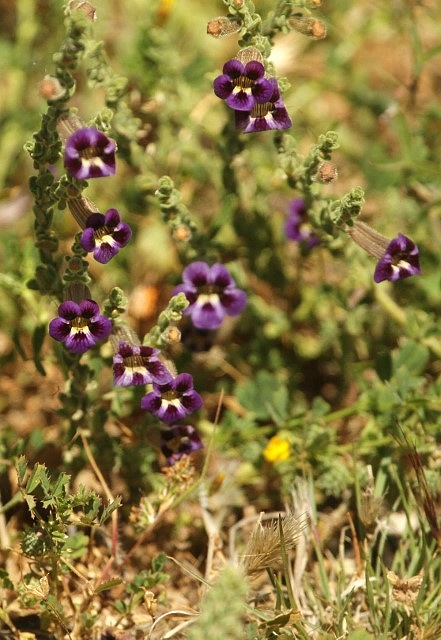




 © mposthumus
© mposthumus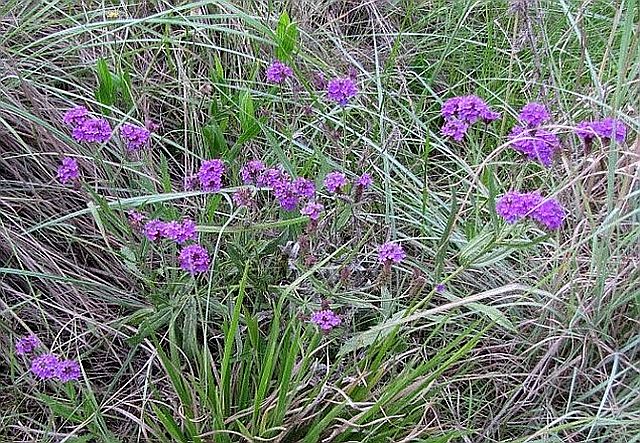 © Lisbeth
© Lisbeth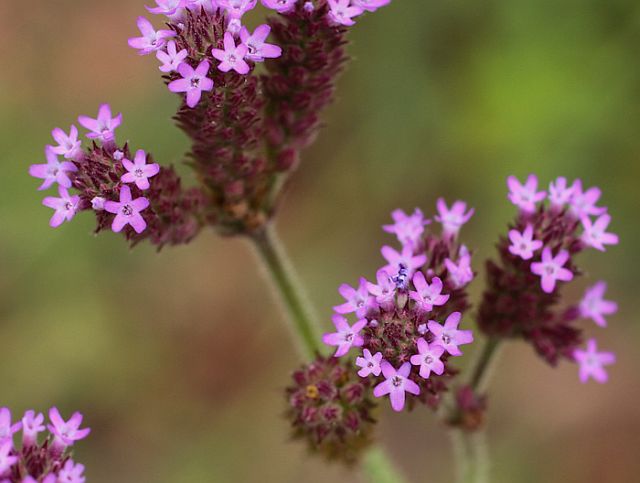 © Super Mongoose
© Super Mongoose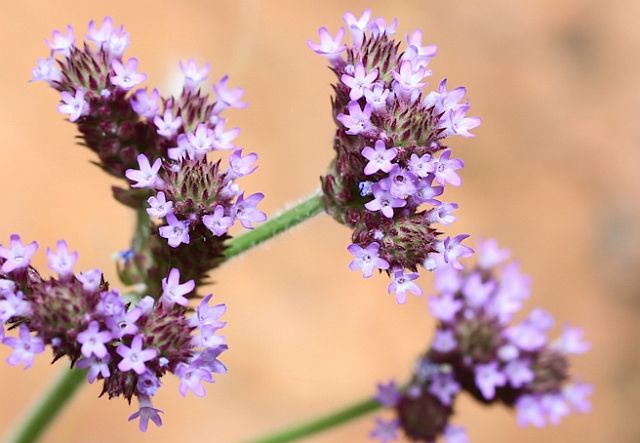 © Super Mongoose
© Super Mongoose © mposthumus
© mposthumus © Super Mongoose
© Super Mongoose

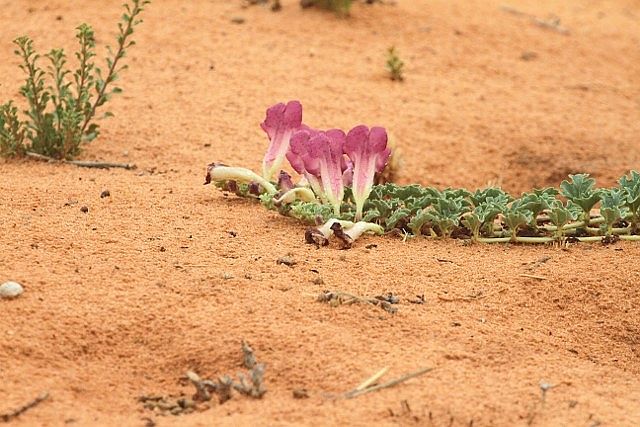 © nan
© nan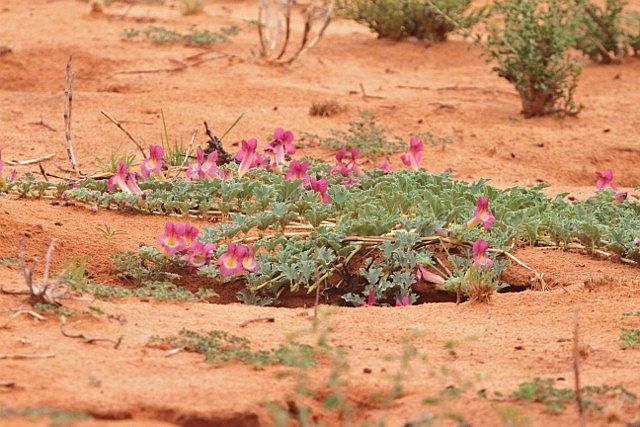 © nan
© nan © Sharifa
© Sharifa © Sharifa
© Sharifa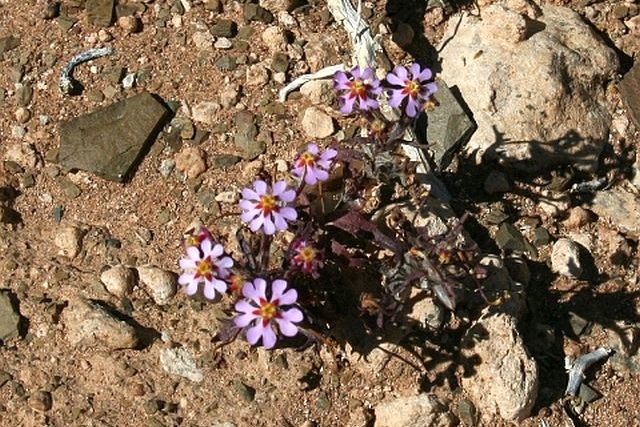 © Tina
© Tina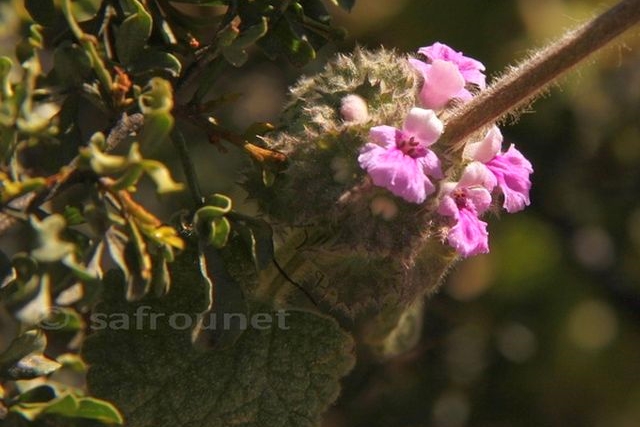 © nan
© nan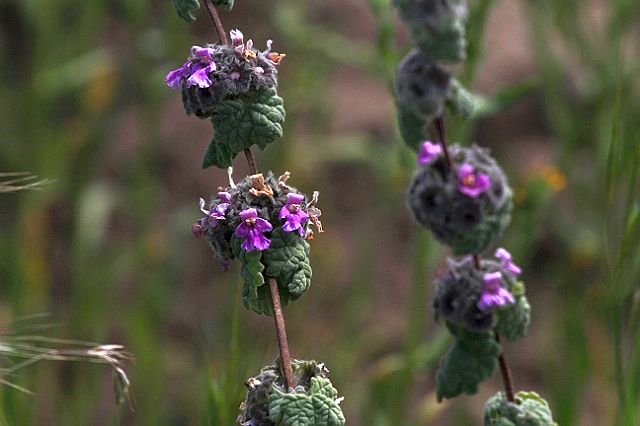 © Tina
© Tina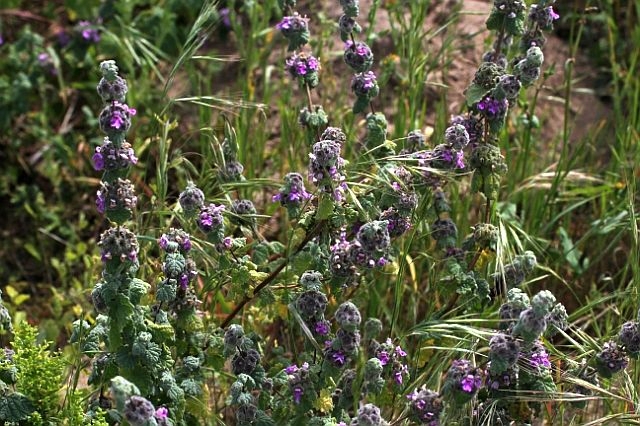 © Tina
© Tina